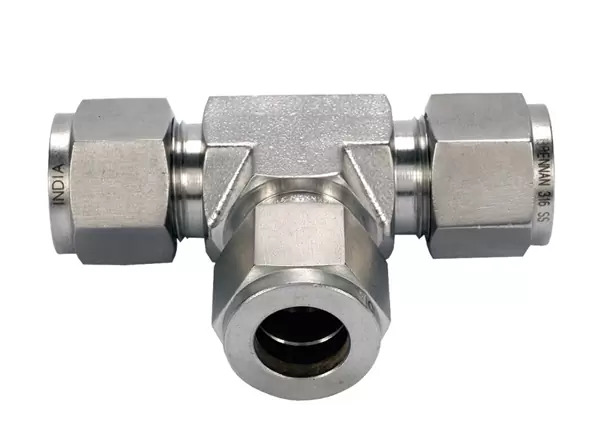
A Stainless Steel Union Tee is a vital component in modern industrial piping systems, offering unmatched strength, reliability, and corrosion resistance. Available in a wide range of materials, grades, sizes, and connection types, these fittings provide an efficient and durable solution for fluid and gas distribution across various industries.
Stainless Steel Union Tee – Comprehensive Guide for Industrial Applications
A Stainless Steel Union Tee is a crucial pipe fitting widely used in industrial piping systems for branching, connecting, and redirecting the flow of fluids and gases. Known for their durability, corrosion resistance, and superior performance, these fittings are available in various materials, grades, sizes, and pressure ratings to meet the needs of diverse industries.
The union tee fitting is designed to join three sections of pipe or tube at a 90-degree angle, providing a detachable connection that allows for easy maintenance, cleaning, and replacement. This makes it ideal for industries where system modifications are frequent, such as chemical processing, oil & gas, water treatment, food & beverage, power plants, and marine applications.
A Stainless Steel Union Tee fitting is a three-way fitting that combines the functions of a tee with a union joint, enabling easy disassembly without disturbing the connected piping system. It is used to split or combine flow in hydraulic and pneumatic applications and is compatible with various piping materials. The design ensures leak-proof connections and long-term reliability even under high pressure and temperature conditions.
Stainless Steel Union Tee fittings are available in multiple grades and materials to cater to various operational environments:
Each grade offers unique advantages, from excellent corrosion resistance and high-temperature strength to improved weldability and cost-effectiveness, making SS union tees suitable for a broad range of industries.
Stainless Steel Union Tees come in a variety of designs and connection types:
Stainless Steel Union Tee fittings are essential in various sectors, including: